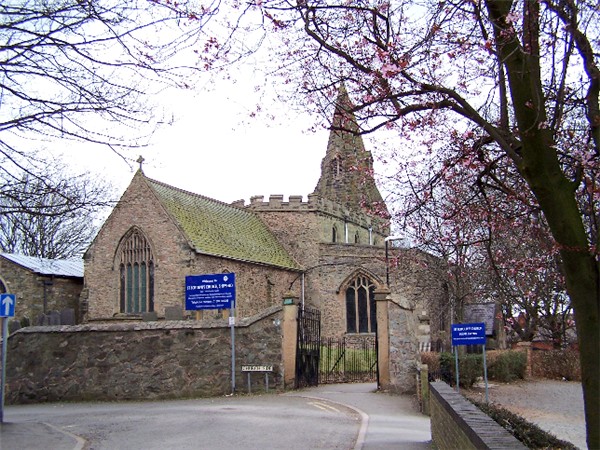18th Century Disasters in Shepshed
26 July 2020
As recorded by Rev. Thomas Heath
Originally known as Sheepshead, the settlement was known for sheep farming and took its name from that. An ancient town, mentioned in the Domesday Book of 1086 as “Scepeshefde”, meaning ” a hill where sheep graze”. Sullington Road is claimed to be one of the oldest paths in the UK.
Shepshed grew up from Medieval times around the wool trade. “The air is very dry and sweet,” wrote county historian John Nichols “and, owing to its vicinity to the [Charnwood] Forest, it is a very salubrious healthy place.”
On Sundays many attend St Botolph’s Church, which dates from the eleventh century, perched at the highest point in the village. The vicar, Rev. Thomas Heath records in the parish registers:
“Sept 30, 1750, this day (Sunday), while I was administering the Sacrament, between the hours of 12 and 1 o’clock, I and the congregation were very terrible of the shock of an earthquake.”
Another dramatic event happened on 30 June 1753, ‘The Great Fire of Shepshed’ rampaged through the village.
“By what means it was occasioned was never with certainty known,” wrote Rev Heath, but “some little time after the fire had begun, a piece of building was set on fire 150 yards distant from the main place of it; and so unexpectedly did the accident happen, that several persons were busy assisting their unfortunate neighbours, when at the same time their own houses were consuming.”
Many of the villagers helped douse the fire – running frantically with buckets from the village pump – but it burned for twelve hours, destroying or damaging some 85 bays of buildings.
Article by Loughborough Library Local Studies Volunteers.

by Kev 747 – public domain – Wikimedia